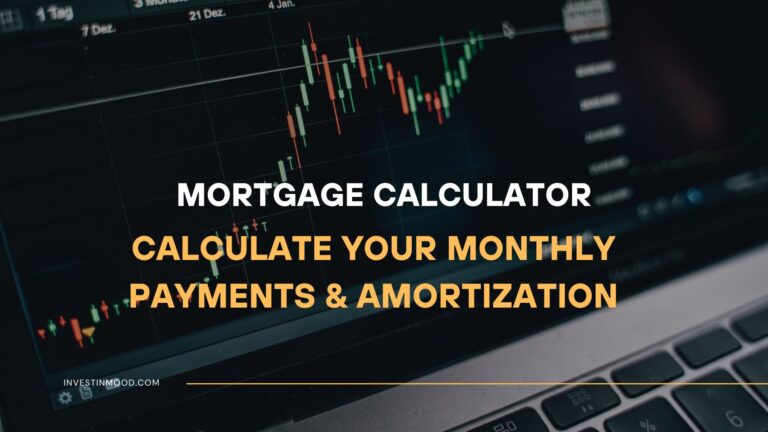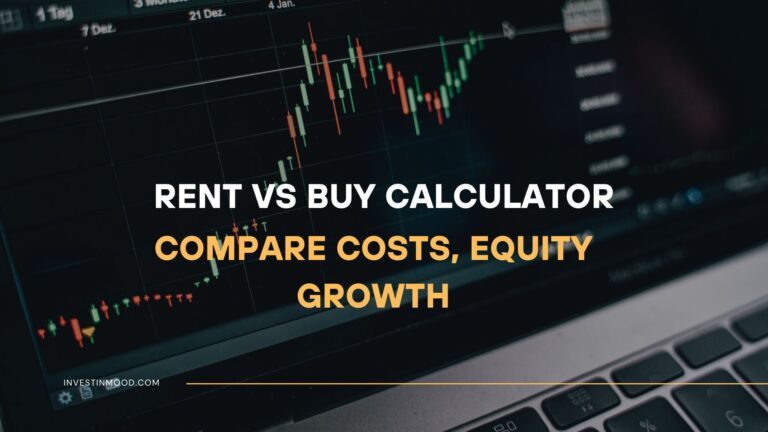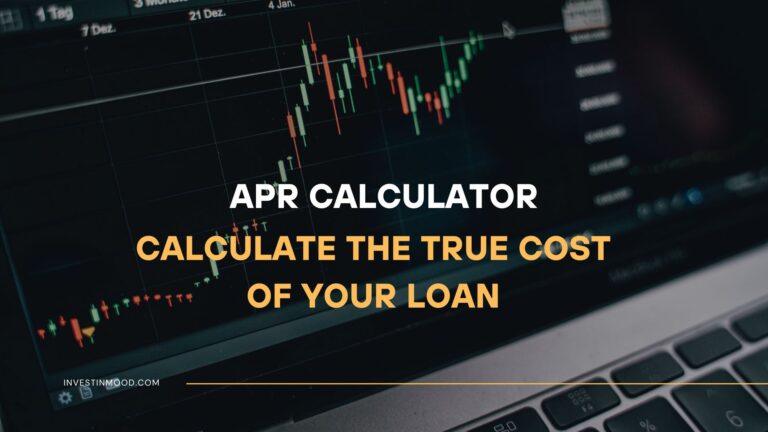
What Is Rental Property Calculator, How It Boost Your ROI
Rental Property Calculator
Fill in the details below to calculate your rental property’s profitability and investment metrics
Investment Analysis Results
Income vs. Expenses breakdown visualization will appear here
How to Use the Rental Property Calculator
Step-by-step Instructions:
- Enter Property Purchase Price: Input the total acquisition cost of the property
- Set Down Payment Percentage: Use the slider to adjust your initial investment (typically 20-25% for investment properties)
- Configure Mortgage Details: Enter interest rate and loan term for your investment property loan
- Input Rental Income: Enter expected monthly rental income based on market rates
- Adjust Operating Expenses: Set realistic estimates for vacancy rates, property taxes, insurance, maintenance, and management fees
- Review Results: Analyze the calculated metrics to assess property profitability
Input Field Explanations:
- Vacancy Rate: Percentage of time the property is expected to be unoccupied (typically 5-10%)
- Maintenance: Monthly maintenance costs as percentage of rental income (1-4% is standard)
- Property Management Fee: If using a property manager, typically 8-12% of monthly rent
- Other Expenses: Includes utilities, HOA fees, advertising, legal fees, etc.
Interpreting Results:
- Positive Monthly Cash Flow: The property generates more income than expenses
- Cash-on-Cash Return ≥ 8%: Generally considered a good investment
- Cap Rate ≥ 6%: Indicates reasonable return on property value
- Debt Coverage Ratio ≥ 1.25: Shows the property can comfortably cover mortgage payments
How Rental Property Profitability is Calculated
Calculation Methodology:
The calculator uses standard real estate investment formulas to evaluate property performance:
Net Operating Income (NOI):
NOI = (Monthly Rent × 12) × (1 - Vacancy Rate) - Total Annual Operating Expenses
Capitalization Rate (Cap Rate):
Cap Rate = NOI ÷ Purchase Price
Cash-on-Cash Return:
Cash-on-Cash Return = (Annual Cash Flow ÷ Total Cash Invested) × 100
Gross Rent Multiplier (GRM):
GRM = Purchase Price ÷ Annual Gross Rental Income
Debt Coverage Ratio (DCR):
DCR = NOI ÷ Annual Debt Service
Example Calculation:
For a $300,000 property with $2,000 monthly rent:
- Annual Gross Income: $24,000
- Vacancy Loss (5%): $1,200
- Operating Expenses: $7,200
- NOI: $15,600
- Cap Rate: 5.2%
- With 25% down payment ($75,000) and $1,200 monthly mortgage: Annual Cash Flow $2,400
- Cash-on-Cash Return: 3.2%
<<<<<<<<<<<<<AD-PLACEMENT>>>>>>>>>>>>>>>>>
How to Apply These Results to Your Financial Strategy
Actionable Advice Based on Results:
- If Cash Flow is Negative: Consider raising rent, reducing expenses, or negotiating better financing
- If Cap Rate is Below Market Average: The property may be overpriced or expenses too high
- If Cash-on-Cash Return < 8%: Explore ways to increase income or decrease initial investment
Adjusting Inputs to Achieve Goals:
- Increase Profitability: Look for properties in emerging neighborhoods with rent growth potential
- Reduce Risk: Choose properties with multiple units (diversified income) or longer-term tenants
- Improve Financing: Shop for better mortgage rates or consider different loan structures
Common Mistakes to Avoid:
- Underestimating Expenses: Always include 10-15% contingency for unexpected costs
- Overestimating Rental Income: Research actual market rents, not listed asking prices
- Ignoring Vacancy Rates: Even in hot markets, account for turnover time between tenants
- Forgetting Capital Expenditures: Set aside funds for roof, HVAC, and major system replacements
Advanced Calculation Scenarios
Complex Use Cases:
- Multi-Unit Properties: Calculate combined metrics for duplexes, triplexes, or apartment buildings
- Fix-and-Flip Analysis: Include renovation costs and projected after-repair value
- Short-Term Rentals: Account for higher vacancy but higher nightly rates (Airbnb/VRBO)
- 1031 Exchange Properties: Factor in tax deferral benefits when swapping properties
Strategy Comparisons:
- 20% vs 25% Down Payment: Lower down payment increases leverage but raises monthly costs
- 15-year vs 30-year Mortgage: Shorter term builds equity faster but reduces cash flow
- Self-Managed vs Professional Management: Saves 8-12% but requires time and expertise
Market-Specific Considerations:
- High-Appreciation Markets: May accept lower cash flow for potential price appreciation
- Rent-Controlled Areas: Consider stability vs limited rent increase potential
- College Towns: Higher turnover but consistent demand
<<<<<<<<<<<<<AD-PLACEMENT>>>>>>>>>>>>>>>>>
Important Considerations
What the Calculator Doesn’t Account For:
- Property Appreciation/Depreciation: Future market value changes
- Tax Benefits: Mortgage interest deduction, depreciation, 1031 exchanges
- Unexpected Major Repairs: Roof replacement, foundation issues, etc.
- Market Rent Changes: Future increases or decreases in rental rates
- Economic Factors: Recessions, job market changes, interest rate fluctuations
Assumptions Made:
- Consistent rental income and expenses throughout the year
- Stable vacancy rates based on historical averages
- No significant property damage or catastrophic events
- Standard financing terms available to qualified investors
When to Consult Professionals:
- Complex Tax Situations: Consult a CPA specializing in real estate
- Legal Questions: Speak with a real estate attorney for liability and structuring
- Market Analysis: Work with local real estate agents for accurate comps
- Financing Strategy: Mortgage broker can find optimal loan products
Frequently Asked Questions
<<<<<<<<<<<<<AD-PLACEMENT>>>>>>>>>>>>>>>>>
Other Financial Calculators You Might Find Useful
- Mortgage Calculator: Calculate monthly payments, interest costs, and amortization schedules for any mortgage loan
- Home Affordability Calculator: Determine how much house you can afford based on income, debts, and down payment
- Investment Property Mortgage Calculator: Specialized calculator for investment property loans with different qualification requirements
- ROI Calculator: Calculate return on investment for various investment types including stocks, bonds, and real estate
- Refinance Calculator: Determine if refinancing your mortgage makes financial sense
Glossary of Terms
- Cap Rate: Net Operating Income divided by property value, measures unleveraged return
- Cash-on-Cash Return: Annual cash flow divided by total cash invested, measures leveraged return
- NOI: Net Operating Income, property income minus operating expenses before financing
- DCR: Debt Coverage Ratio, measures ability to cover mortgage payments from property income
- GRM: Gross Rent Multiplier, quick valuation metric comparing price to rental income






